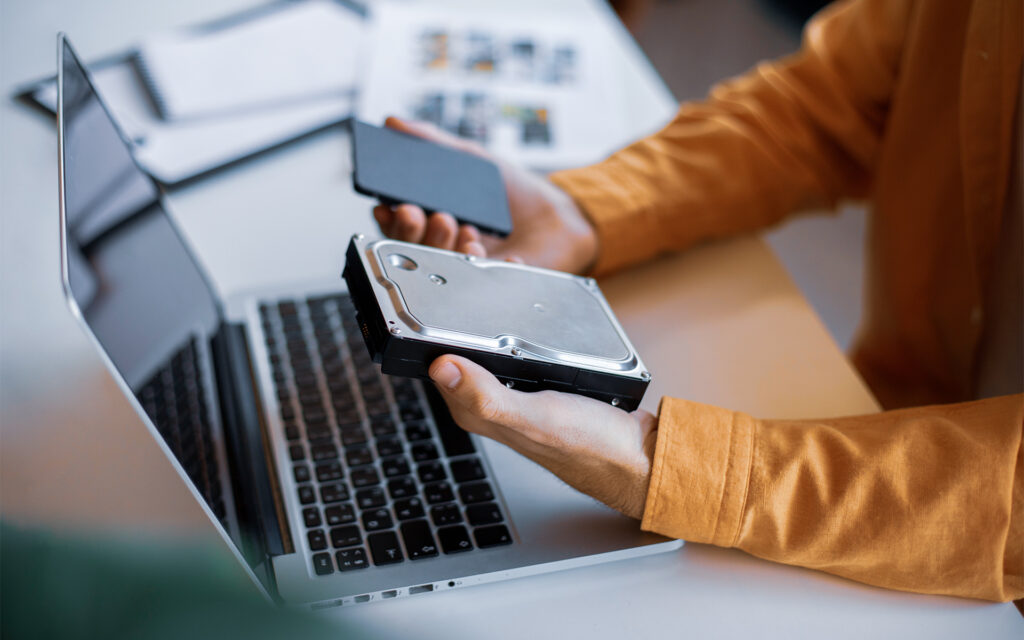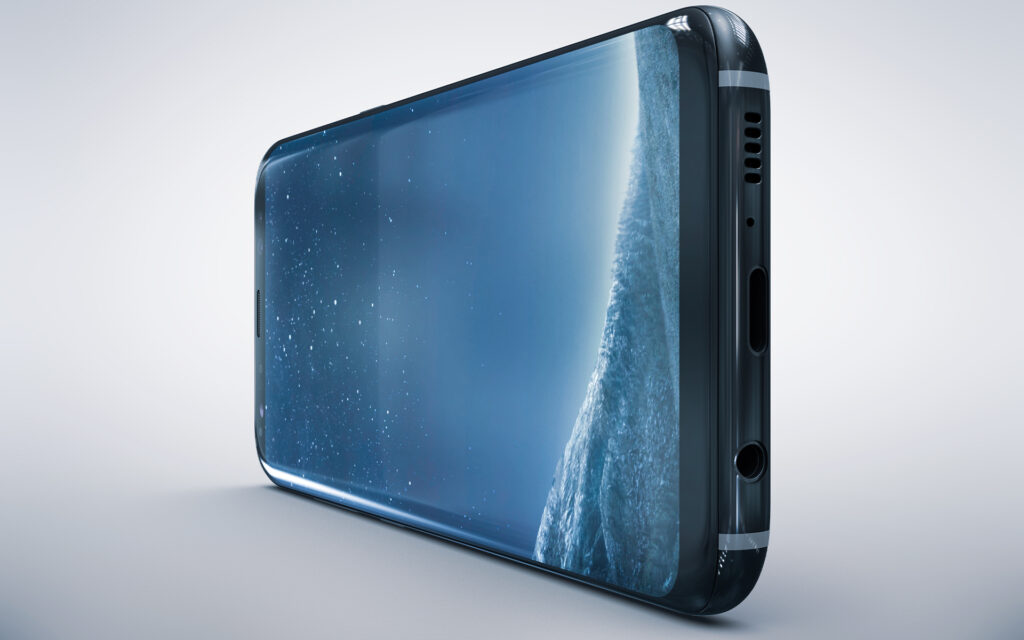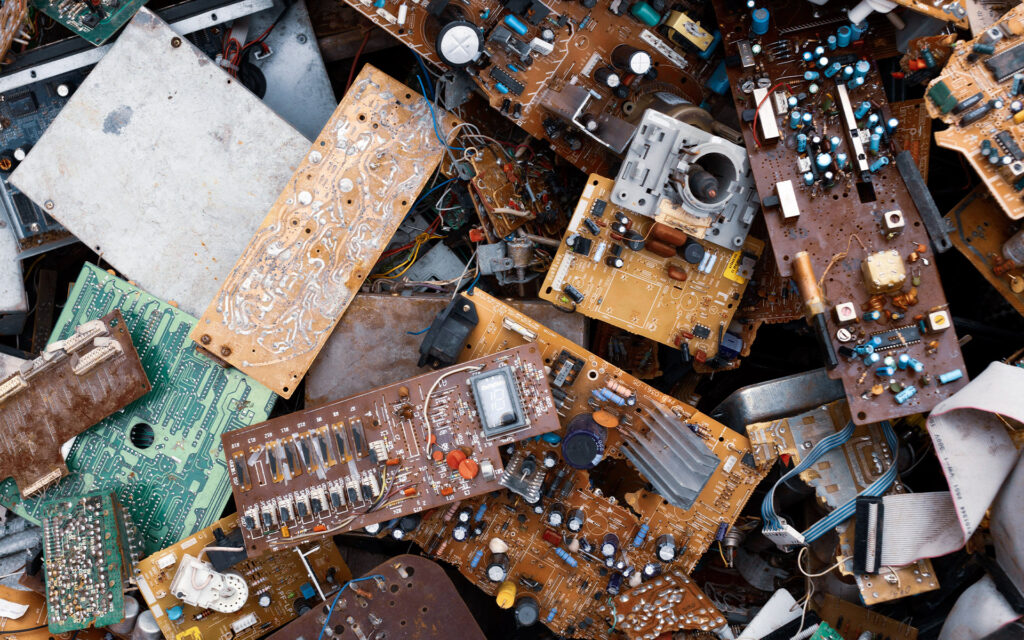What was your first mobile phone?
I’m sure many of you still keep it, maybe in a drawer that barely opens or in an old box of memories.
And how many came after that first purchase? If we could count them globally, we could reach a very high figure.
But all our old mobile phones or old computers, in short, all those electronic objects that currently simplify our lives, what happens to them once obsolete?
The Waste Electrical and Electronic Equipment (WEEE), has become a major impediment to reducing our ecological footprint.
It is estimated that more than 50 million tons of electronic waste are produced worldwide every year, of which only about 17% is recycled correctly.
There are basically two problems to consider: pollution and loss of precious materials.

Let’s go deeper
Materials such as lithium, cadmium, mercury, arsenic and lead present in electrical and electronic equipment, if abandoned in dumps can disperse into the soil and reach the aquifers, thus polluting not only the physical place where this waste is present but also distant places.
Our home appliances are also composed of precious metals such as platinum, gold and silver whose recovery would be advisable. It is estimated, in fact, that every year about 45 billion euros could be recovered in precious materials, which instead are abandoned and dispersed in the environment.
These metals are not eternal and recycling them would be very important!
The largest producers of electronic waste are the United States of America, China and the European Union and 80% of these, not properly recycled, ends up in African landfills.

Agbogbloshie dump
The biggest open-air dump is located in Gana, in Agbogbloshie.
It’s about the size of 44 football fields and every month about 500 containers full of e-waste arrive.
Those in good condition are repaired and resold, from the others the simplest materials are extracted, such as aluminum, iron and brass and finally they are burned to recover the most internal materials.
These activities clearly take place in the absence of procedures that safeguard the environment or workers.
In fact, in the air and soil there are large amounts of iron and lead.
So, what is a way to recycle properly?
In the first analysis, disposing of these materials in normal household waste is absolutely to be avoided.

Have been created special ecological islands where we can go to deposit our old purchases. Here they can be dismembered and recycled in the healthiest way.
Some manufacturers have set up second-hand return programs to be able to dispose of it in an environmentally friendly way.
There are disposal programs in which, precious materials still present in the devices, are reused. An example is the Crocodile project.
Additional factors to consider
Affecting this uncontrolled increase in electronic waste is the planned obsolescence, which occurs especially in our smartphones.
At the moment the average life of a mobile phone is about 40 months and perhaps you will have noticed some deterioration in performance after an update.
Unfortunately, this is not just an impression. Smartphone giants like Apple and Samsung have been fined because they imposed, without warning, some updates on users that could have worsened the phone’s performance.
However, there is also perceived obsolescence, which occurs when our mobile that still works perfectly, seems to us that they do not offer the best when compared with new generation models.
So, quickly we feel the hasty need to buy a new model to be satisfied with our phone again.
What can we do in all this great mechanism?
First of all, we can collect all our small and large unused appliances and dispose of them in ecological islands, donate them to charities that will give them new life, or think about having them repaired.

Secondly, we may begin to question our shopping habits. We could really agree to buy new electronic devices just out of necessity. The next time you feel the urge to buy a new device, ask yourself the question: “Do I really need it”?





